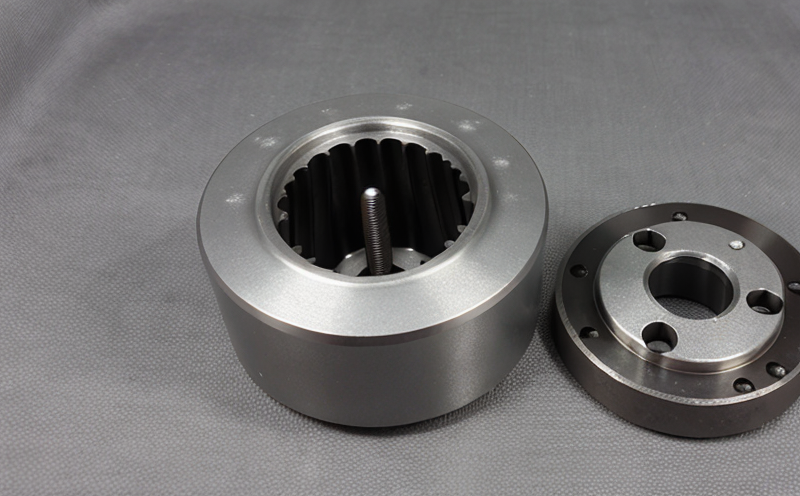ISO 12108 Fatigue Crack Growth of Additive Metals
The ISO 12108 standard provides a comprehensive framework for assessing fatigue crack growth in metals, particularly those processed through advanced manufacturing techniques such as powder metallurgy and additive manufacturing (AM). This service is crucial for ensuring the reliability and durability of components fabricated using AM technologies like laser powder bed fusion (LPBF) or electron beam melting (EBM).
Testing according to ISO 12108 helps manufacturers identify potential weaknesses in their products before they reach end-users. By understanding how cracks form and propagate under cyclic loading, engineers can optimize design parameters and material selection, leading to safer and more efficient products.
The fatigue crack growth behavior of AM materials is often influenced by the unique microstructural features introduced during the manufacturing process. For instance, porosity or residual stresses may affect the initiation and propagation of cracks differently compared to conventionally manufactured parts. This service ensures that these variables are accounted for in the testing protocol.
Our team uses state-of-the-art equipment and follows strict procedures outlined in ISO 12108 to conduct this critical analysis. We provide detailed reports that include not only the results but also recommendations based on our findings, helping you make informed decisions about your product development or quality assurance processes.
- Comprehensive Analysis: Our service covers all aspects of fatigue crack growth testing as specified in ISO 12108, ensuring no detail is overlooked.
- Expertise and Experience: With years of experience in metallurgy and material testing, our specialists bring deep knowledge to every project they undertake.
In summary, compliance with ISO 12108 standards ensures that your additive manufacturing processes meet stringent quality requirements. This service is essential for any organization looking to enhance its product safety and performance through rigorous testing methods.
Why It Matters
The importance of fatigue crack growth (FCG) testing cannot be overstated, especially when dealing with complex materials like those used in powder metallurgy and additive manufacturing. These advanced manufacturing techniques create parts that are lighter, stronger, and more efficient than traditional methods but also introduce new challenges related to material integrity.
Understanding FCG behavior allows engineers to predict the lifespan of components subjected to cyclic loading conditions—such as rotating shafts or engine pistons—which could otherwise fail catastrophically due to undetected defects. By adhering to ISO 12108, organizations demonstrate their commitment to maintaining high levels of quality and safety across all stages of production.
Moreover, compliance with international standards like ISO 12108 enhances brand reputation by showcasing an organization’s dedication to excellence in product design and manufacturing. It also facilitates smoother interactions between suppliers, customers, and regulatory bodies worldwide since everyone follows the same guidelines.
Benefits
- Predictable Performance: Accurate prediction of component lifespan under cyclic loading conditions.
- Informed Decision Making: Reliable data to guide material selection and process optimization.
- Risk Mitigation: Early detection of potential flaws that might lead to costly failures or accidents.
Quality and Reliability Assurance
Our laboratory adheres strictly to ISO standards, ensuring consistent and reliable results. Each test follows a meticulously planned procedure to minimize variability and ensure accuracy. Our experienced staff combines theoretical knowledge with practical skills, guaranteeing thorough examination of every sample submitted.
- Consistent Results: Reproducibility across multiple tests ensures reliability.
- Certified Personnel: All personnel undergo rigorous training to maintain proficiency in accordance with industry best practices.





